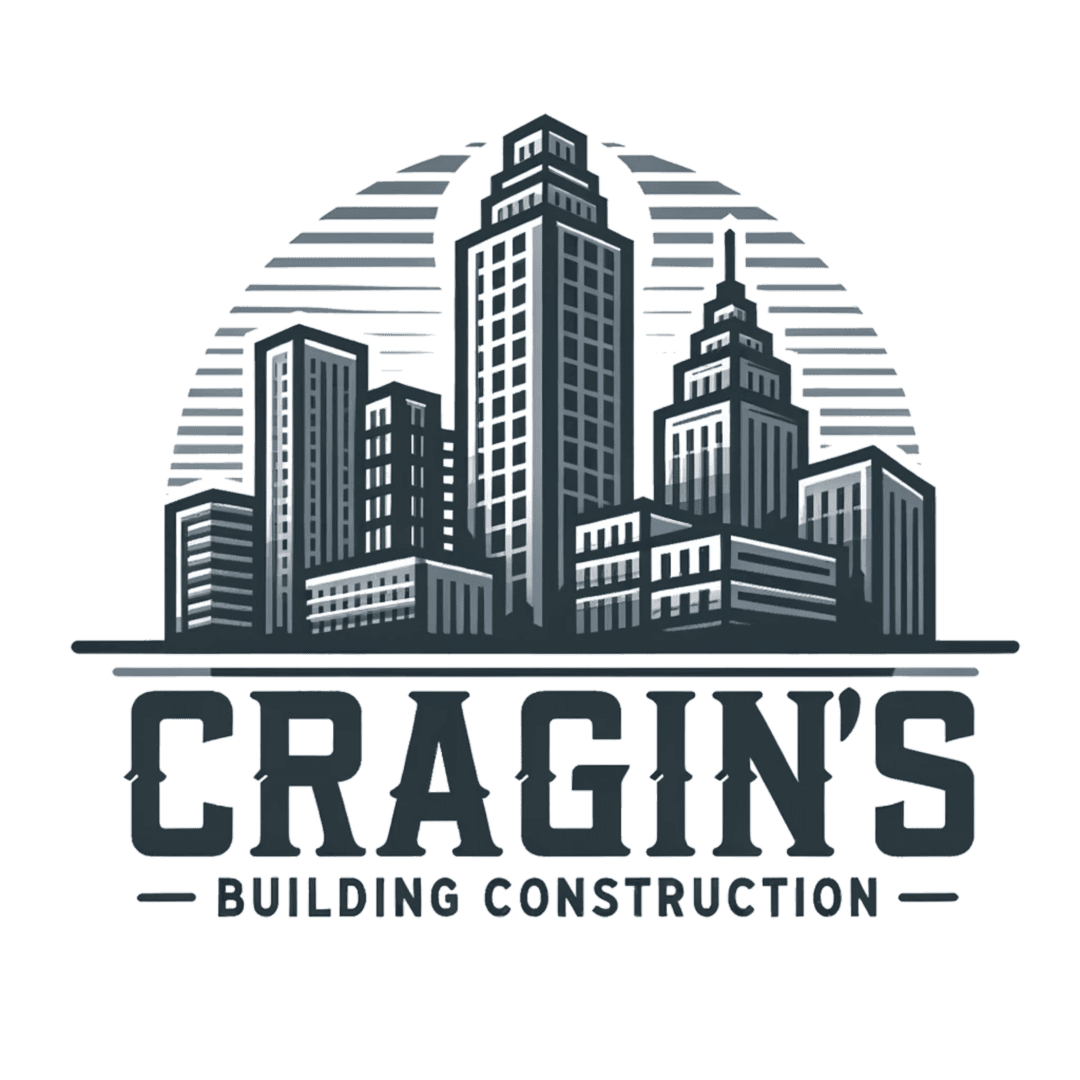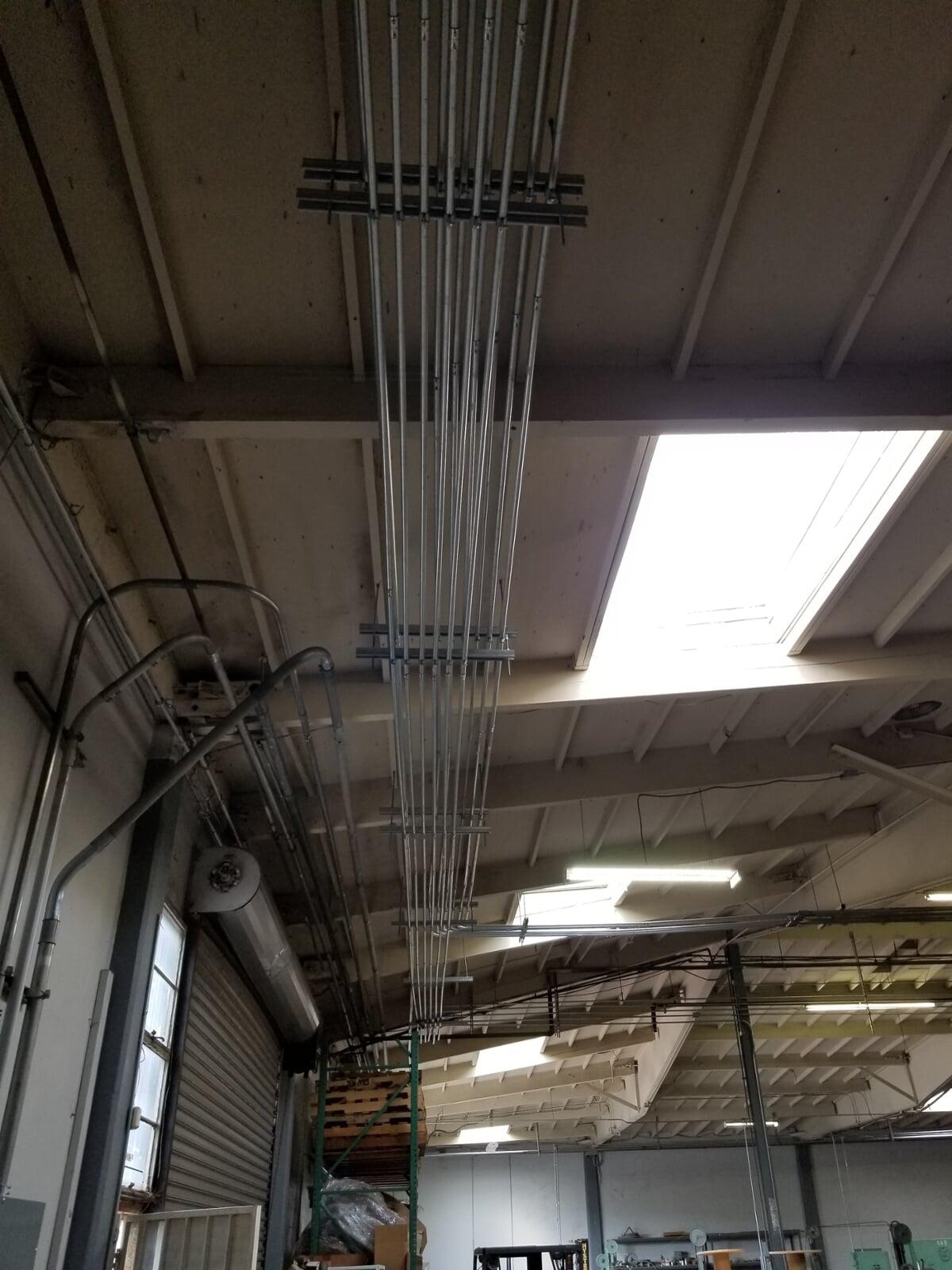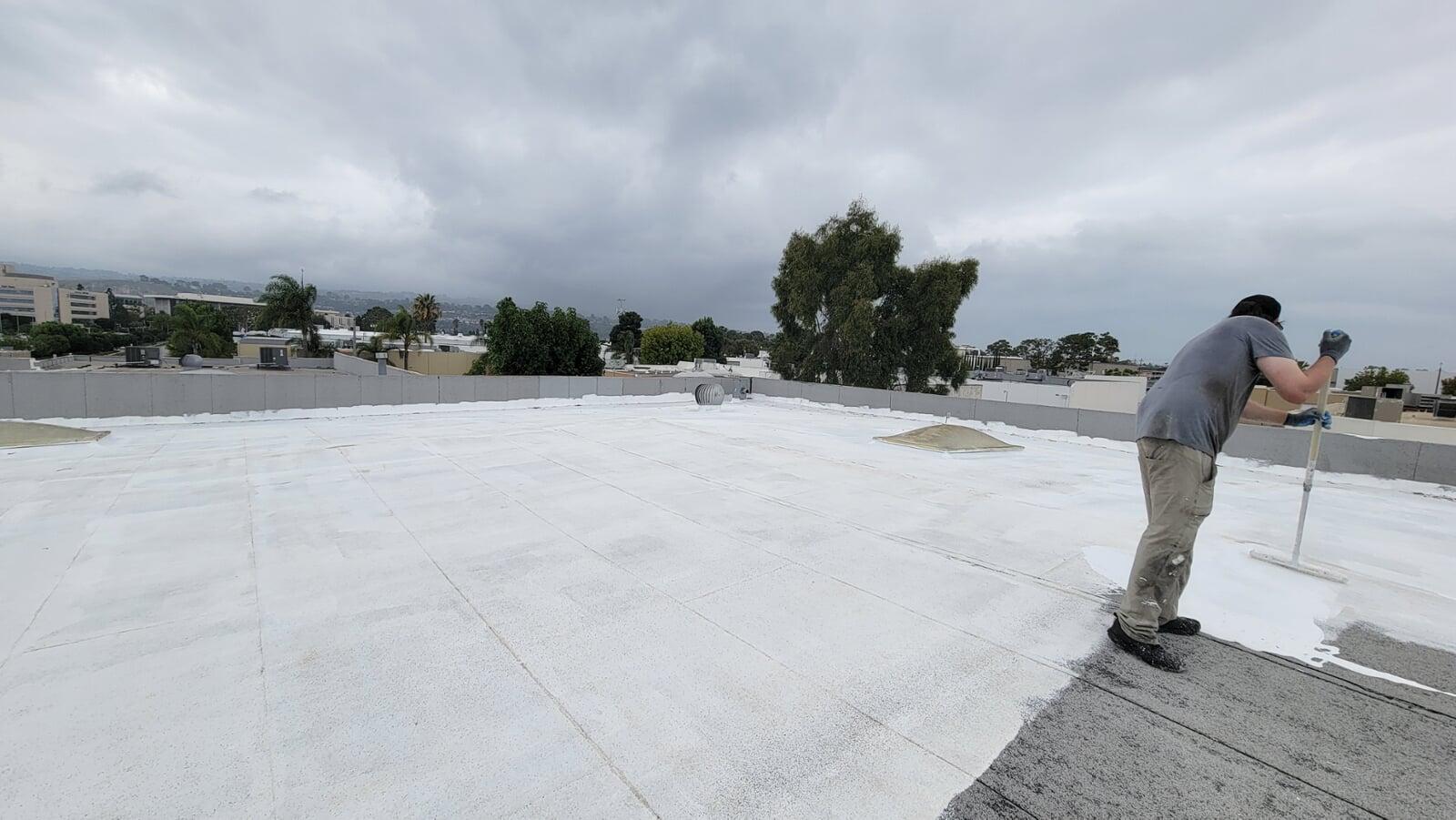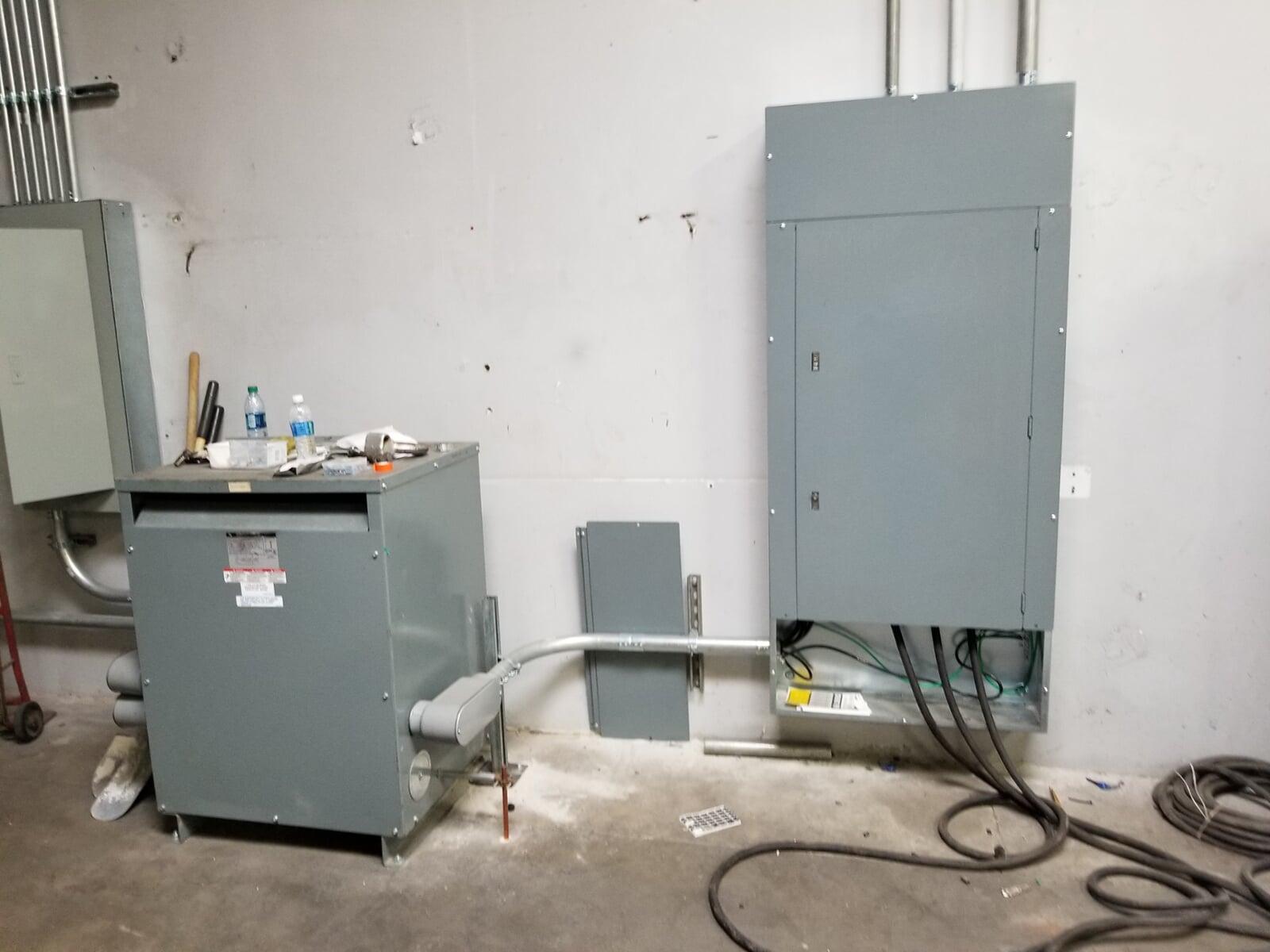As a property manager, ensuring that your building is well-maintained and up to code is crucial for tenant satisfaction and long-term asset value. Annual building inspections serve as a proactive measure to address maintenance issues before they escalate, comply with safety regulations, and maintain the structural integrity of the property. Here's a comprehensive checklist to guide property managers through the process of conducting an effective annual building inspection.
As a property manager, ensuring that your building is well-maintained and up to code is crucial for tenant satisfaction and long-term asset value. Annual building inspections serve as a proactive measure to address maintenance issues before they escalate, comply with safety regulations, and maintain the structural integrity of the property. Here's a comprehensive checklist to guide property managers through the process of conducting an effective annual building inspection.
1. Exterior Building Structure
- Roof Condition: Inspect for leaks, missing shingles, cracks, or any signs of wear. Roof maintenance is critical as minor issues can lead to significant damage.
- Facade and Walls: Look for cracks, deterioration, or water damage on exterior walls. This includes checking paint, siding, or brick for signs of weathering.
- Windows and Doors: Inspect windows and doors for broken seals, cracks, or drafts. Ensure that they open and close properly, and are adequately insulated.
- Foundation: Look for visible cracks or shifts in the foundation. These could indicate underlying structural problems that require professional assessment.
- Gutters and Drains: Check for blockages, leaks, or signs of damage. Proper drainage prevents water damage to the building's exterior and foundation.
- Roof Condition: Inspect for leaks, missing shingles, cracks, or any signs of wear. Roof maintenance is critical as minor issues can lead to significant damage.
- Facade and Walls: Look for cracks, deterioration, or water damage on exterior walls. This includes checking paint, siding, or brick for signs of weathering.
- Windows and Doors: Inspect windows and doors for broken seals, cracks, or drafts. Ensure that they open and close properly, and are adequately insulated.
- Foundation: Look for visible cracks or shifts in the foundation. These could indicate underlying structural problems that require professional assessment.
- Gutters and Drains: Check for blockages, leaks, or signs of damage. Proper drainage prevents water damage to the building's exterior and foundation.
2. Interior Building Structure
- Walls and Ceilings: Inspect for cracks, water stains, or mold growth, which can be indicators of leaks or moisture problems.
- Floors: Examine for uneven surfaces, loose tiles, or carpets that could pose tripping hazards. If the building has hardwood floors, check for warping or damage.
- Doors and Locks: Ensure all interior doors and locks function properly. Damaged or malfunctioning locks compromise the security of the property.
- Stairways and Handrails: Ensure that staircases are free of cracks or loose steps, and that handrails are secure and up to code.
- Walls and Ceilings: Inspect for cracks, water stains, or mold growth, which can be indicators of leaks or moisture problems.
- Floors: Examine for uneven surfaces, loose tiles, or carpets that could pose tripping hazards. If the building has hardwood floors, check for warping or damage.
- Doors and Locks: Ensure all interior doors and locks function properly. Damaged or malfunctioning locks compromise the security of the property.
- Stairways and Handrails: Ensure that staircases are free of cracks or loose steps, and that handrails are secure and up to code.
3. HVAC Systems
- Heating and Air Conditioning Units: Ensure that all units are functioning efficiently. Check filters, fans, and ducts for any signs of wear or damage. It’s also a good time to schedule routine maintenance.
- Ventilation: Confirm that all vents are clean and unblocked. Proper airflow is crucial for maintaining air quality and preventing moisture buildup.
- Heating and Air Conditioning Units: Ensure that all units are functioning efficiently. Check filters, fans, and ducts for any signs of wear or damage. It’s also a good time to schedule routine maintenance.
- Ventilation: Confirm that all vents are clean and unblocked. Proper airflow is crucial for maintaining air quality and preventing moisture buildup.
4. Electrical Systems
- Circuit Breakers and Panels: Ensure that all electrical panels are accessible and properly labeled. Look for any signs of wear, corrosion, or overheating.
- Lighting Fixtures: Check both interior and exterior lights to ensure they are functioning properly. Replace any burnt-out bulbs or fixtures.
- Outlets and Wiring: Inspect electrical outlets and visible wiring for any damage or safety hazards. If necessary, schedule an electrician to assess the wiring throughout the building.
- Circuit Breakers and Panels: Ensure that all electrical panels are accessible and properly labeled. Look for any signs of wear, corrosion, or overheating.
- Lighting Fixtures: Check both interior and exterior lights to ensure they are functioning properly. Replace any burnt-out bulbs or fixtures.
- Outlets and Wiring: Inspect electrical outlets and visible wiring for any damage or safety hazards. If necessary, schedule an electrician to assess the wiring throughout the building.
5. Plumbing Systems
- Pipes and Drains: Inspect visible plumbing pipes for leaks, corrosion, or damage. Ensure that all drains are flowing freely and are free from blockages.
- Water Heaters: Check the water heater for signs of wear, leaks, or inefficient operation. Schedule a professional inspection if necessary.
- Restrooms and Kitchens: Test faucets, toilets, and water lines to ensure they are functioning properly and are free from leaks.
- Pipes and Drains: Inspect visible plumbing pipes for leaks, corrosion, or damage. Ensure that all drains are flowing freely and are free from blockages.
- Water Heaters: Check the water heater for signs of wear, leaks, or inefficient operation. Schedule a professional inspection if necessary.
- Restrooms and Kitchens: Test faucets, toilets, and water lines to ensure they are functioning properly and are free from leaks.
6. Fire Safety Systems
- Smoke Detectors and Fire Alarms: Test all smoke detectors and fire alarms to ensure they are functioning properly. Replace batteries as necessary.
- Fire Extinguishers: Check that fire extinguishers are in good condition, have not expired, and are easily accessible.
- Emergency Exits and Lighting: Ensure that all emergency exit signs and lighting are clearly visible and functioning. Clear any obstructions from emergency exit paths.
- Sprinkler Systems: If the building is equipped with a sprinkler system, have it inspected by a professional to ensure it meets code and functions correctly.
- Smoke Detectors and Fire Alarms: Test all smoke detectors and fire alarms to ensure they are functioning properly. Replace batteries as necessary.
- Fire Extinguishers: Check that fire extinguishers are in good condition, have not expired, and are easily accessible.
- Emergency Exits and Lighting: Ensure that all emergency exit signs and lighting are clearly visible and functioning. Clear any obstructions from emergency exit paths.
- Sprinkler Systems: If the building is equipped with a sprinkler system, have it inspected by a professional to ensure it meets code and functions correctly.
7. Common Areas
- Lobbies, Hallways, and Elevators: Inspect for cleanliness, functionality, and safety hazards in all common areas. Ensure that elevators are operating properly and are regularly serviced.
- Parking Lots and Walkways: Check for cracks, potholes, or uneven surfaces in parking areas and walkways that could lead to accidents. Proper signage and lighting should also be assessed for safety and visibility.
- Lobbies, Hallways, and Elevators: Inspect for cleanliness, functionality, and safety hazards in all common areas. Ensure that elevators are operating properly and are regularly serviced.
- Parking Lots and Walkways: Check for cracks, potholes, or uneven surfaces in parking areas and walkways that could lead to accidents. Proper signage and lighting should also be assessed for safety and visibility.
8. Landscaping and Outdoor Areas
- Landscaping: Assess trees, shrubs, and grass for overgrowth or damage. Trim any foliage that could cause damage to the building or obstruct pathways.
- Fencing and Gates: Check for rust, damage, or weak spots in fencing and gates. Ensure that all gates open and close properly.
- Playgrounds and Recreational Areas: Inspect any outdoor recreational areas for damage, cleanliness, and safety.
- Landscaping: Assess trees, shrubs, and grass for overgrowth or damage. Trim any foliage that could cause damage to the building or obstruct pathways.
- Fencing and Gates: Check for rust, damage, or weak spots in fencing and gates. Ensure that all gates open and close properly.
- Playgrounds and Recreational Areas: Inspect any outdoor recreational areas for damage, cleanliness, and safety.
9. Pest Control
- Signs of Infestation: Look for signs of pests, such as droppings, nests, or damage caused by insects or rodents. Ensure that preventative pest control measures are in place and schedule extermination services if necessary.
- Garbage Disposal Areas: Ensure that trash areas are clean and that garbage is being disposed of properly. Improper waste management can attract pests and lead to sanitation issues.
- Signs of Infestation: Look for signs of pests, such as droppings, nests, or damage caused by insects or rodents. Ensure that preventative pest control measures are in place and schedule extermination services if necessary.
- Garbage Disposal Areas: Ensure that trash areas are clean and that garbage is being disposed of properly. Improper waste management can attract pests and lead to sanitation issues.
10. Legal and Regulatory Compliance
- Local Building Codes: Ensure that your building complies with local regulations, including fire safety, health codes, and accessibility standards. If unsure, it may be worthwhile to consult a building inspector or legal expert.
- Tenant Safety & Lease Agreements: Make sure that tenants are informed of any inspection findings that could affect their safety and that their lease agreements comply with local laws.
- Local Building Codes: Ensure that your building complies with local regulations, including fire safety, health codes, and accessibility standards. If unsure, it may be worthwhile to consult a building inspector or legal expert.
- Tenant Safety & Lease Agreements: Make sure that tenants are informed of any inspection findings that could affect their safety and that their lease agreements comply with local laws.
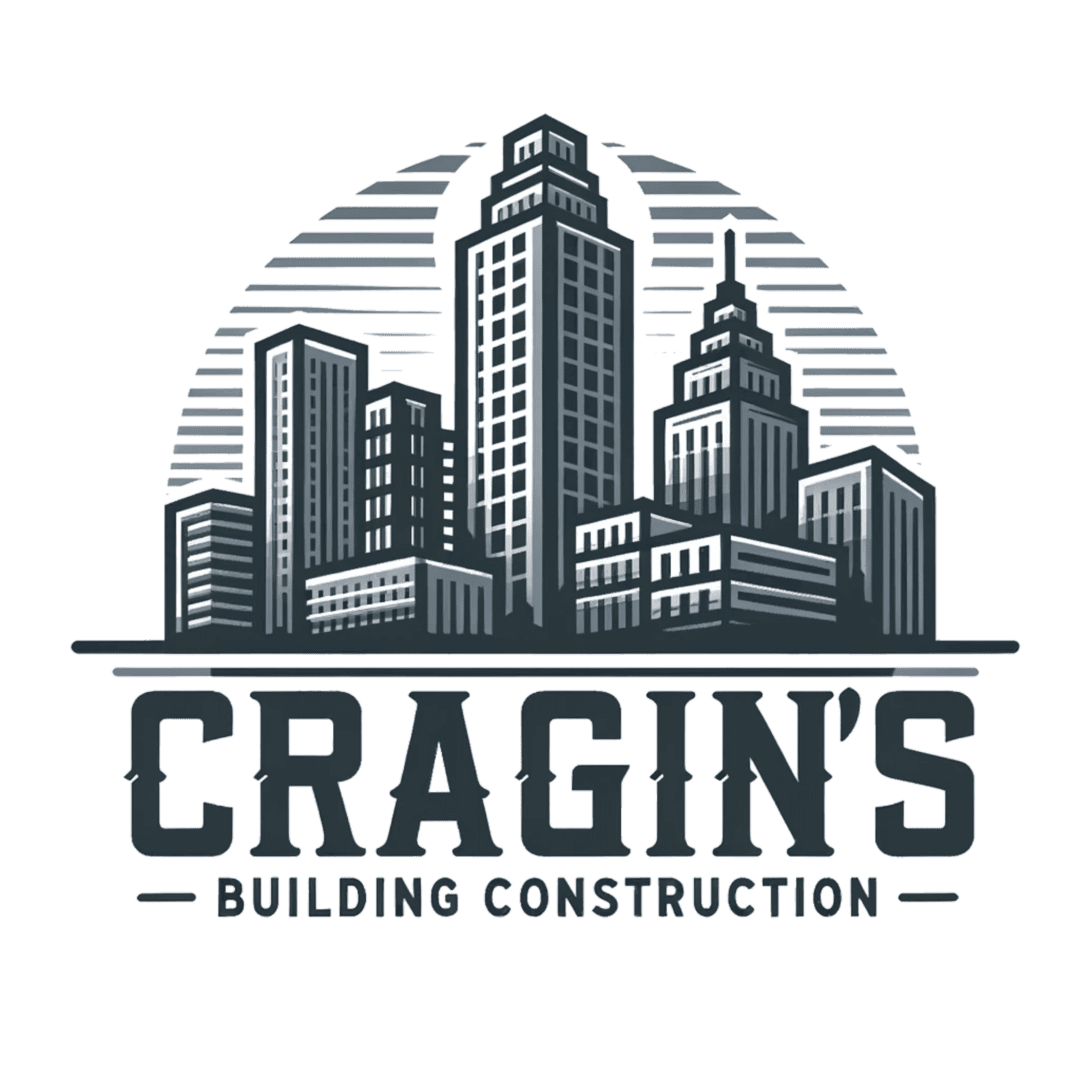
How Cragin's Property Services Can Simplify and Optimize Your Annual Building Inspections
How Cragin's Property Services Can Simplify and Optimize Your Annual Building Inspections
Stay Ahead with Proactive Maintenance
Annual building inspections are an essential part of property management. A detailed and thorough inspection not only helps in maintaining a safe and appealing environment for tenants but also prevents costly repairs down the road. By adhering to this checklist, property managers can address issues proactively, comply with regulatory standards, and ensure their property remains in top condition year-round.
Annual building inspections are an essential part of property management. A detailed and thorough inspection not only helps in maintaining a safe and appealing environment for tenants but also prevents costly repairs down the road. By adhering to this checklist, property managers can address issues proactively, comply with regulatory standards, and ensure their property remains in top condition year-round.
